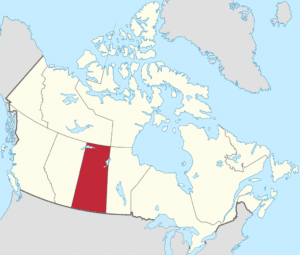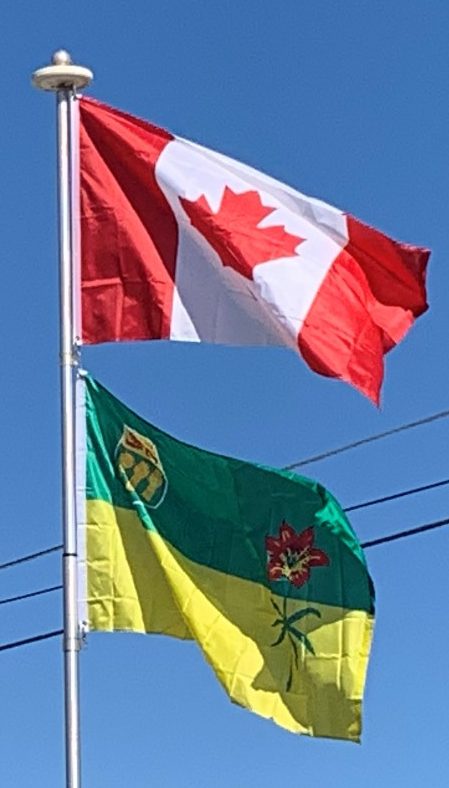Introduction:
Saskatchewan is a prairie and boreal province in western Canada, the only province without a natural border. It has an area of 651,900 square kilometers, nearly 10 percent of which (59,366 square kilometers) is fresh water, composed mostly of rivers, reservoirs, and the province’s 100,000 lakes.
Saskatchewan is bordered on the west by Alberta, on the north by the Northwest Territories, on the east by Manitoba, to the northeast by Nunavut, and on the south by the U.S. states of Montana and North Dakota. As of Q2 2019, Saskatchewan’s population was estimated at 1,169,131. Residents primarily live in the southern prairie half of the province, while the northern boreal half is mostly forested and sparsely populated. Of the total population, roughly half live in the province’s largest city Saskatoon, or the provincial capital Regina. Other notable cities include Prince Albert, Moose Jaw, Yorkton, Swift Current, North Battleford, Melfort, and the border city Lloydminster (partially within Alberta).

Saskatchewan is a landlocked province with large distances to moderating bodies of waters. As a result, its climate is extremely continental, rendering severe winters throughout the province. Southern areas have very warm or hot summers. Midale and Yellow Grass near the U.S. border are tied for the highest ever recorded temperatures in Canada with 45 °C (113 °F) observed at both locations on July 5, 1937. In winter, temperatures below −45 °C (−49 °F) are possible even in the south during extreme cold snaps.
Saskatchewan has been inhabited for thousands of years by various indigenous groups, and first explored by Europeans in 1690 and settled in 1774. It became a province in 1905, carved out from the vast North-West Territories, which had until then included most of the Canadian Prairies. In the early 20th century the province became known as a stronghold for Canadian social democracy; North America’s first social-democratic government was elected in 1944. The province’s economy is based on agriculture, mining, and energy.
The former Lieutenant Governor, Thomas Molloy, died in office on July 2, 2019. On July 17, 2019, the federal government announced the appointment of Russell Mirasty, former Assistant Commissioner with the Royal Canadian Mounted Police, as the new Lieutenant Governor. The current premier is Scott Moe.
In 1992, the federal and provincial governments signed a historic land claim agreement with First Nations in Saskatchewan. The First Nations received compensation and were permitted to buy land on the open market for the bands; they have acquired about 3,079 square kilometers, now reserve lands. Some First Nations have used their settlement to invest in urban areas, including Saskatoon.
Etymology:
Its name derived from the Saskatchewan River. The river was known as kisiskāciwani-sīpiy (“swift flowing river”) in the Cree language.
Geography:
As Saskatchewan’s borders largely follow the geographic coordinates of longitude and latitude, the province is roughly a quadrilateral, or a shape with four sides. However, the 49th parallel boundary and the 60th northern border appear curved on globes and many maps. Additionally, the eastern boundary of the province is partially crooked rather than following a line of longitude, as correction lines were devised by surveyors prior to the homestead program (1880–1928).
